Rising healthcare costs and the burden of medical debt are not just straining personal finances. They’re impacting health outcomes and quality of life. According to the Commonwealth Fund’s Health Care Affordability Survey, Americans owe $88 million in medical debt.
Healthcare Affordability Enters Crisis Stage

As Americans grapple with these challenges, healthcare affordability is now a national crisis. This alarming trend underscores a deepening problem for millions of citizens. Even those with insurance are not immune to devastating financial and health-related impacts.
Making America Sicker

The Health Care Affordability Survey presents a stark picture of this healthcare crisis. For most uninsured, the cost of healthcare services is a hopeless barrier to obtaining timely treatment. Still, many insured individuals and families alike are also delaying or altogether forgoing health care or prescription drugs because they cannot afford them.
Skipping Treatments or Medication

Even more unsettling is that, despite being covered under various plans or programs, more than half of adults who delayed or skipped treatments said a health problem had gotten worse as a result.
Fear of Increasing Medical Debt

Medical debt, and even the fear of medical debt, also leads many to delay or avoid seeking care or filling prescriptions, regardless of insurance status. Furthermore, nearly 40% of those with debt say they have cut back on basic necessities like food, heat, or rent. One in four have taken up additional jobs or increased working hours to settle outstanding debts.
Financial Anxiety and Stress a Real Threat

The psychological toll is equally concerning, with a devastating 78% of individuals with medical debt experiencing anxiety and stress. These liabilities also have lasting financial consequences. In addition to using up all or part of their savings to pay debts off, some also suffer from adverse credit ratings.
U.S. Stands Alone in Not Offering Universal Healthcare
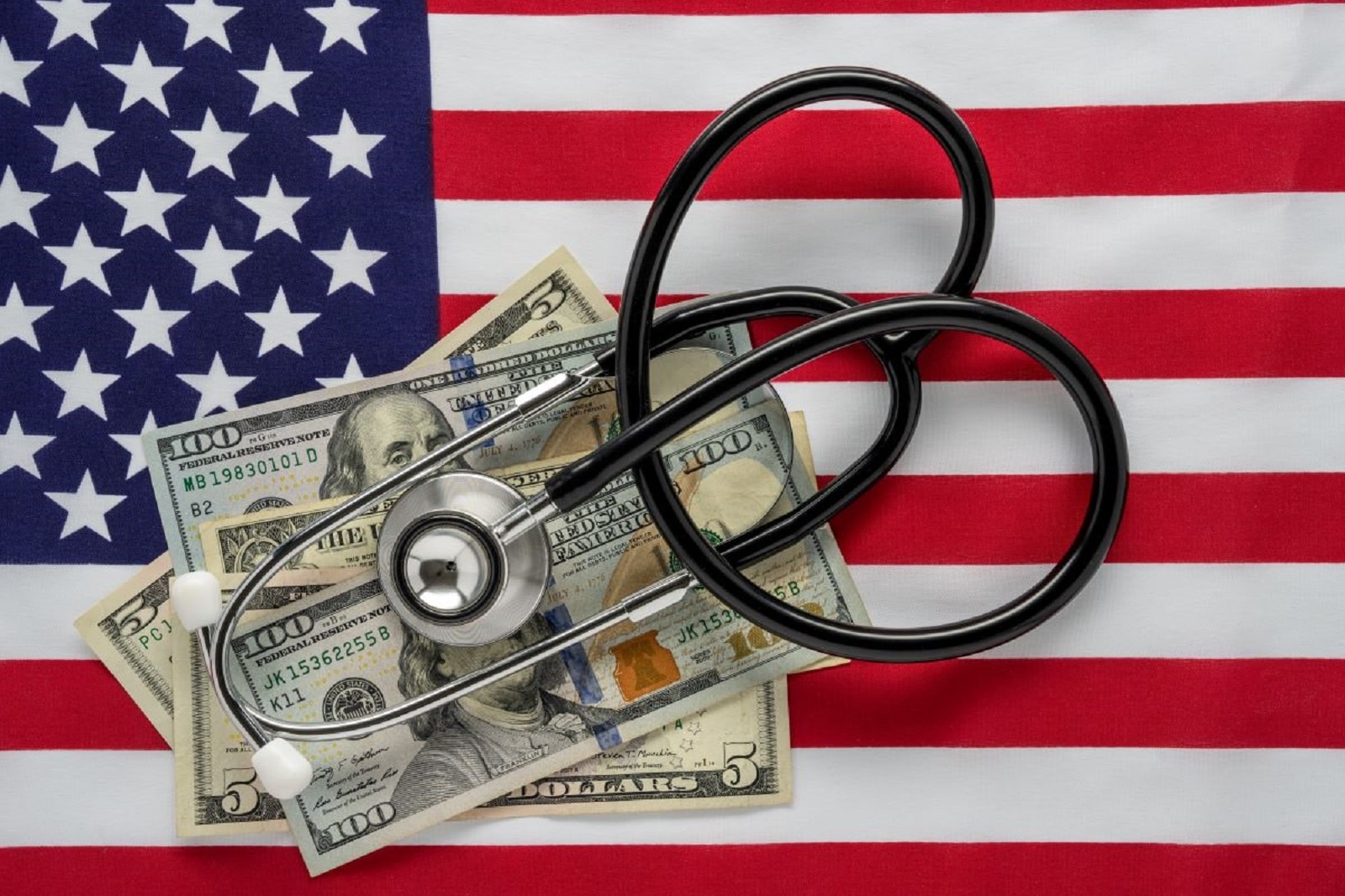
Earlier in 2023, the Commonwealth Fund released disturbing statistics on the state of the United States healthcare system. The nation’s expenditure, in terms of per capita spending and the percentage of Gross Domestic Product (GDP), remains significantly higher compared to other affluent nations. Despite this, the U.S. stands alone among these countries in not offering universal health coverage.
The Nation’s Health Is Paying the Price

The U.S. records the shortest life expectancy at birth, the highest mortality rates from conditions that are preventable or curable, and the highest numbers of maternal and infant deaths, as well as some of the highest suicide rates.
Highest Rate of Chronic Health Issues in the OECD

Furthermore, it has the largest population with numerous chronic health issues and an obesity rate that is nearly double the average of other OECD countries.
An Affordability Crisis
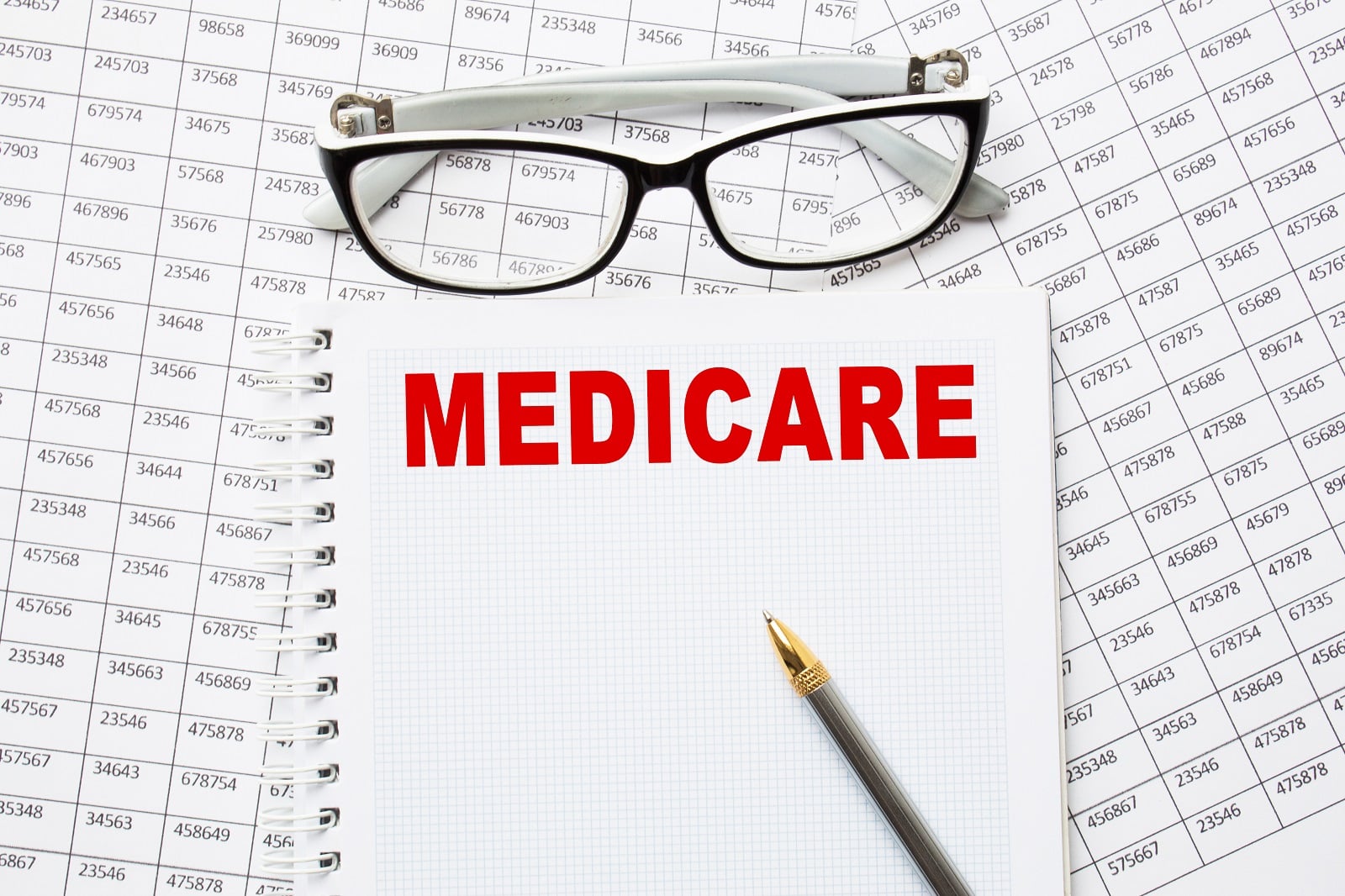
It would be hardly surprising to most that many Americans face difficulties affording healthcare. However, according to the affordability survey, nearly half of insured Americans enrolled in employer, marketplace, Medicaid, and Medicaid programs, also feel the pinch.
Insurance Coverage Falls Short

Even more concerning is that insurance coverage fails to protect many people from incurring medical debt. About one-third of adults with employer coverage or Medicare reported incurring debt they were paying over time.
Most of these debts are at least $500, while nearly half exceed $2,000. As a result, over 30 million working-age adults in the United States bear the burden of medical debts exceeding $2,000.
Managing Chronic Conditions Driving Medical Costs

While media coverage often emphasizes sudden health emergencies and emergency room incidents as major causes of significant medical bills, the survey indicates that a substantial portion of medical debt arises from managing chronic conditions.
Approximately 50% of adults burdened with debt reported that it was the result of treatments for ongoing health issues.
Compounding Cost-of-Living Pressures

Against inflationary and cost-of-living pressures beyond healthcare expenses, Americans are finding little relief elsewhere. Almost two-thirds of working-age adults indicated that widespread price increases over the past year had impacted their families’ capacity to pay for healthcare.
Monthly Budget Eaten up by Healthcare Costs

Over half of all adults in the workforce still pay at least 10% of their monthly budget for healthcare expenses. And, for almost a quarter of working adults, a staggering 25% of their budget is being spent on healthcare costs.
The Country Is Struggling to Pay

Research conducted for West Health, a nonprofit, nonpartisan organization that seeks to lower healthcare costs, found an estimated 112 million or 44 percent of American adults are struggling to pay for healthcare.
Americans are Getting Priced Out

West Health President Tim Lash, says, “Bottom line – Americans are increasingly getting priced out of the system. We must begin to change this trajectory with smarter policies that put patients over profits.”
Protecting Consumers From Medical Debt
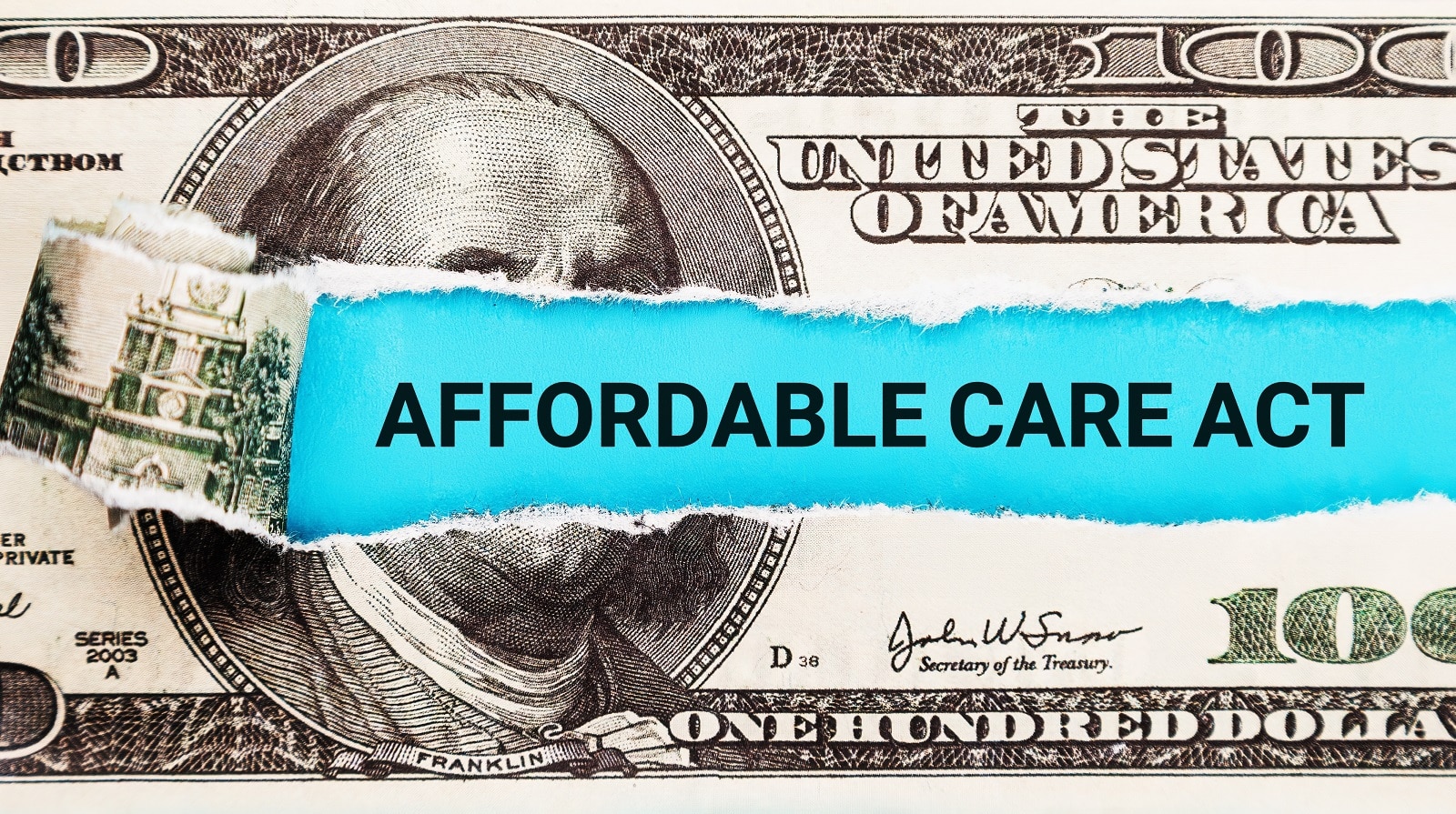
In response to this growing problem, state and federal policymakers are exploring various solutions. These include legislation protecting consumers from aggressive medical debt collection and initiatives to reduce healthcare cost growth.
Support Is Available If You Know Where to Look

For individuals, understanding and navigating available assistance programs can provide some relief. Additionally, community-based support systems and advocacy groups are playing a crucial role in aiding those struggling with medical debt.
Evolving Government Policy to Help

Governmental policies continue to evolve to alleviate the burden of healthcare costs and medical debt. The Biden administration is now holding medical providers and debt collectors accountable for harmful practices while reducing medical debt’s role in determining whether Americans can access credit. The Consumer Financial Protection Bureau recently announced it is formulating new rules to prevent medical debt data from being displayed on consumer credit reports.
Protecting Consumers From Medical Creditors
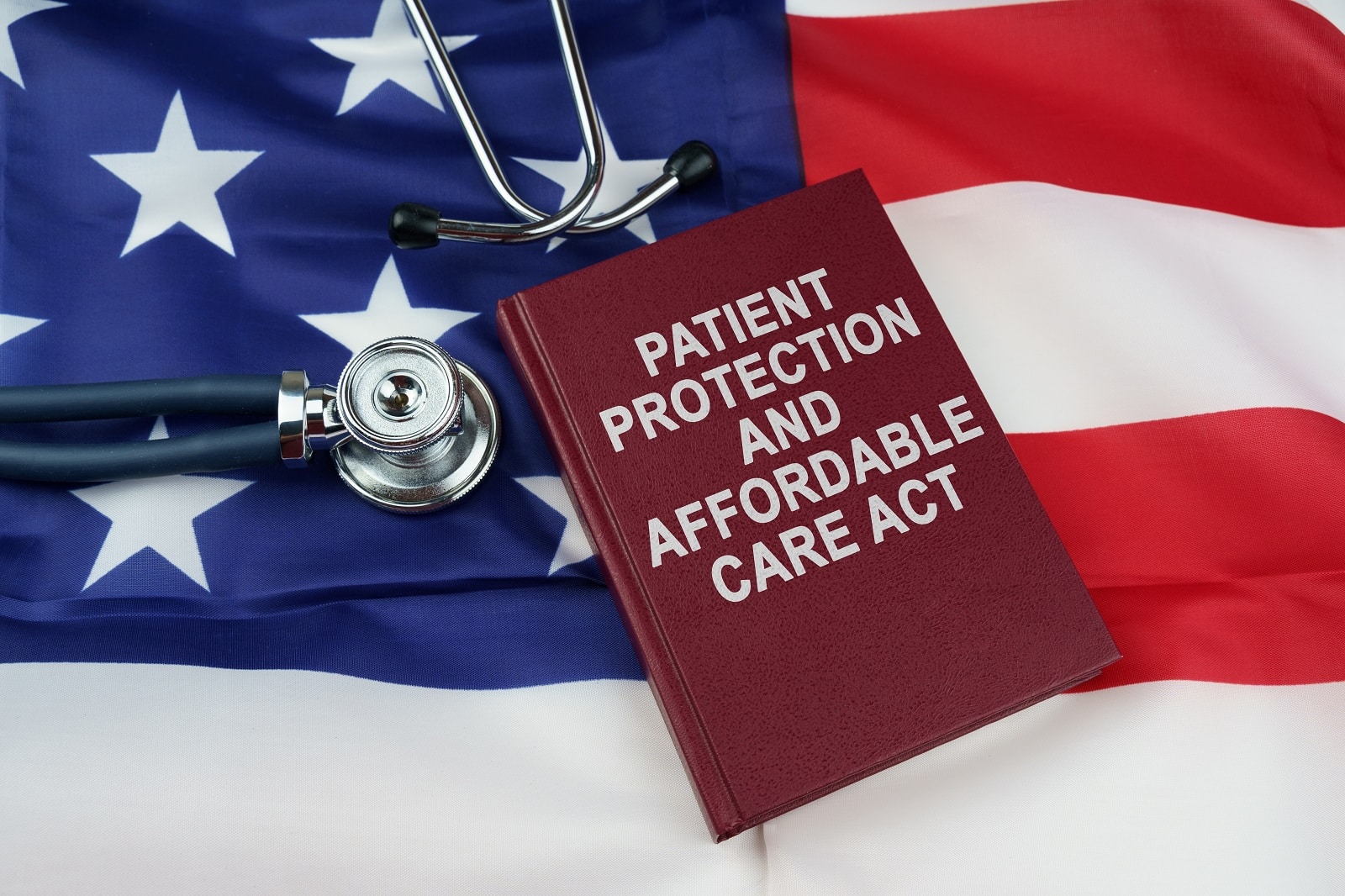
Although not mandatory, some states are adopting the Model Medical Debt Protection Act to protect patients who are dealing with medical creditors. It details standards that mandate healthcare providers permit grace periods for repayments after illness or throughout the appeals process, in addition to halting hospital actions like filing lawsuits against patients, wage garnishment, or placing property liens.
Be Proactive
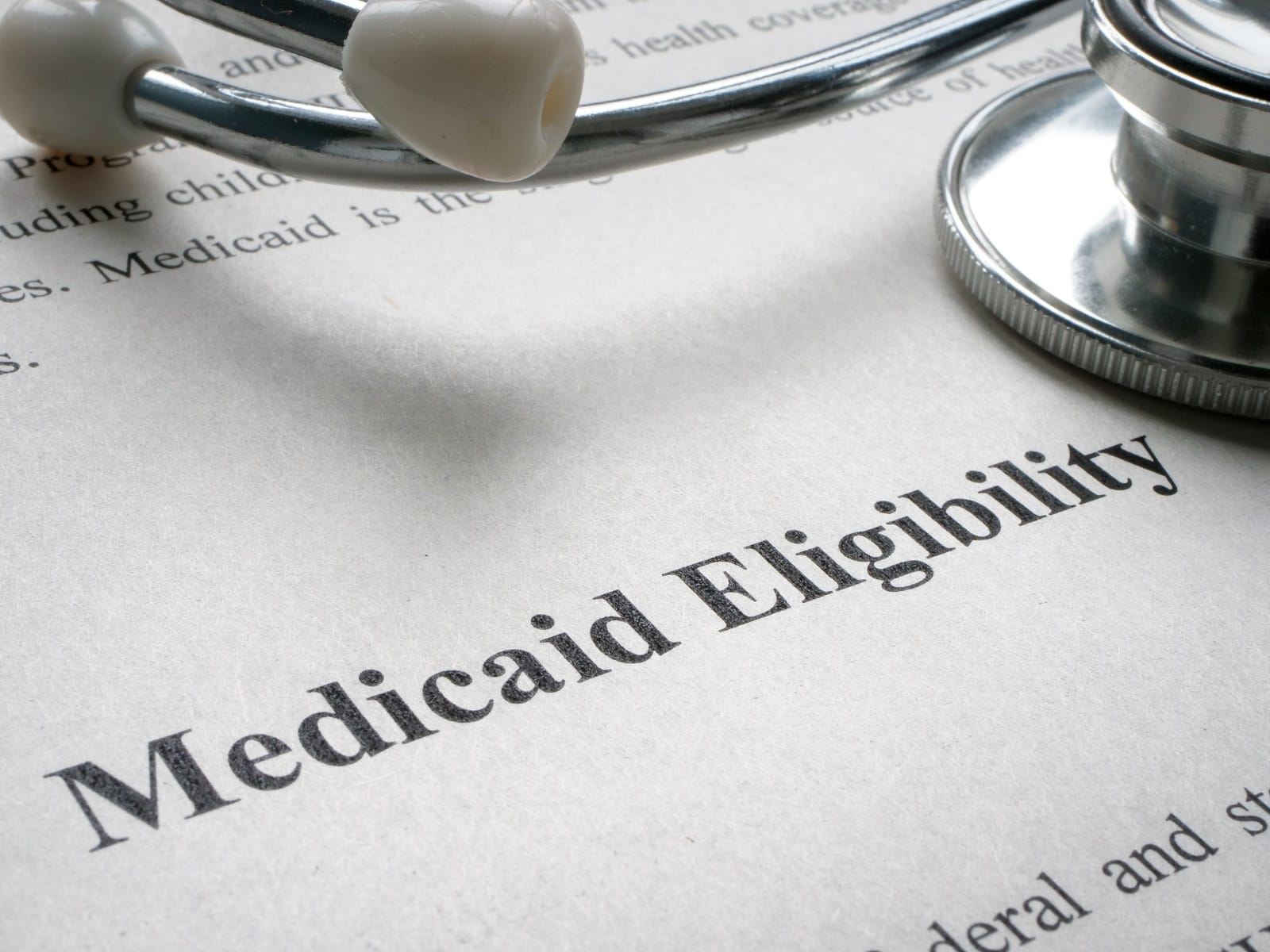
Those grappling with medical debt can employ several strategies. Experts recommend knowing your rights and protections regarding medical bills and collections and checking statements for accuracy. They should check whether they qualify for Medicaid, which provides health coverage for lower-income people, or any other financial assistance programs. Negotiating medical costs directly with healthcare providers is another option.
Medical Bill Advocates Can Help

In addition, individuals can consider consolidating medical debt or even seek assistance from a medical bill advocate, who can help navigate the complexities of medical billing and negotiate reductions on one’s behalf.
Projections Point to Compounding Growth

The trajectory of healthcare affordability and medical debt in America is a pressing concern. Future projections suggest that without significant policy reforms and industry changes, the burden of medical debt will continue to escalate.
Sustainable Solutions the Only Way Out

Policymakers, healthcare providers, insurers, and the public must collaborate in finding sustainable solutions. These solutions include expanding coverage, improving cost transparency, and enhancing consumer protections.
The Country’s Health and Wellbeing Is Counting on Change

The collective action towards a more equitable and accessible healthcare system is not just a fiscal imperative but a moral one, ensuring that financial constraints do not compromise health and well-being.
Biden’s New 401(k) Rule: Employers Frustrated as Retirement Planning Responsibilities Shift

The latest Biden administration rule on 401(k) plans is reshaping how employers manage retirement plans. It’s a complex scenario requiring a fresh understanding of fiduciary duties and provider relationships. This rule aims to protect employees but also imposes new responsibilities on employers. Biden’s New 401(k) Rule: Employers Frustrated as Retirement Planning Responsibilities Shift
Elon Musk: New Immigration Bill ‘Enables Illegals to Vote’

Elon Musk is calling for prosecutions after the text for a new senate bill on immigration was released. Musk accused the new bill of “enabling illegals to vote.” Elon Musk: New Immigration Bill ‘Enables Illegals to Vote’
Colorado Officials Reject Sanctuary City Status, Warn Against ‘Dangerous Game’

With increasing numbers of migrants arriving in Colorado, public officials have rejected any notion of the state becoming a sanctuary for migrants and asylum seekers. Colorado Officials Reject Sanctuary City Status, Warn Against ‘Dangerous Game’
Disney Challenges DeSantis’ “Don’t Say Gay” Rule With a Hefty Lawsuit

Disney is set to appeal its refusal for a lawsuit against Ron DeSantis, who stripped the company of its rights for disagreeing with the Governor’s views on the teaching of sexual orientation in classrooms. Disney Challenges DeSantis’ “Don’t Say Gay” Rule With a Hefty Lawsuit
Trump on the Attack as 21 Million Americans Flock to Obamacare, Biden Pushes Forward

An unprecedented surge in health plan enrollments has reignited former President Donald Trump’s commitment to dismantling the program should he secure the GOP nomination once again. Trump on the Attack as 21 Million Americans Flock to Obamacare, Biden Pushes Forward
The post Medical Debt: The Harsh Reality of America’s Medical Costs first appeared on From Frugal to Free.
Featured Image Credit: Shutterstock / Ground Picture.
The content of this article is for informational purposes only and does not constitute or replace professional financial advice.
